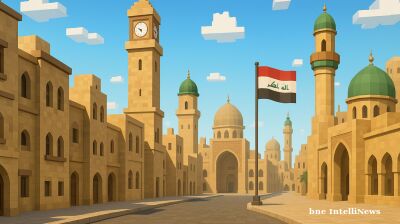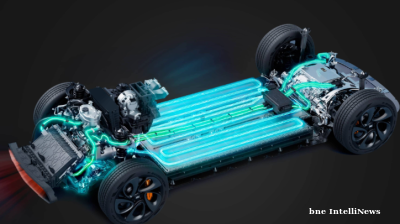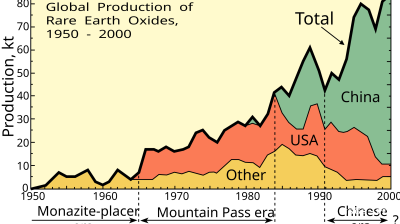Brazilian President Luiz Inácio Lula da Silva is backing a feasibility study for a new subsea cable system connecting BRICS nations, aimed at reducing dependency on existing routes concentrated in the Global North.
Spanning potentially more than 35,000 kilometres, this ambitious infrastructure project seeks to establish independent communication pathways that could bypass current US-centred routing systems while boosting data transmission speeds, security, and national digital autonomy.
Yet despite clear benefits in terms of reduced latency and enhanced data sovereignty, the undertaking faces substantial hurdles before implementation, particularly considering today's complex geopolitical landscape and the technical intricacies of such an extensive system.
Lula made the announcement during the recent BRICS summit in Rio de Janeiro, hailing the initiative as a way to enhance "speed, security, and sovereignty in data exchange" among member states.
"We welcome the Brazilian proposal to discuss the undertaking, in 2025, of a technical and economic feasibility study for establishing a high-speed communication network through submarine cables between BRICS countries," the bloc's final declaration reads.
Science and Technology Minister, Luciana Santos, confirmed the proposal and said the study would be funded by the Shanghai-based New Development Bank, informally known as "BRICS bank", which is being chaired by former president Dilma Rousseff.
“The fibre optic cables currently used for data transmission are highly concentrated in the north of the world. We will carry out this feasibility study. It was a decision made by the 11 countries, and we will address the NDB,” Santos told public broadcaster EBC.
Brazil plays a key role in global digital infrastructure. Fortaleza, in the state of Ceará, hosts the world’s second-largest hub for undersea cables, linking South America to North America, Europe and Africa.
The country's strategic location already supports critical cables such as Américas-II, South Atlantic Cable System and South Atlantic Interlink, operated by a range of companies including AT&T, Telecom Italia Sparkle and China Unicom.
However, while various developers and suppliers exist globally, recent tariff threats from US President Donald Trump against bloc supporters could discourage major American and European corporations from participating in the project, clearing the way for Chinese technology firms like ZTE and ZTT.
As a result, Lula’s government is intensifying digital cooperation with Beijing. For a starter, a recent agreement between Brazil’s Dataprev and Huawei’s cloud platform Sparkoo aims to expand the country’s AI capabilities.
“Our relationship with China is strategic. We want artificial intelligence. We want everything they can share with us,” Lula said during a visit to Beijing in May.
Chinese company ByteDance, owner of TikTok, is planning to build a large-scale data centre near Fortaleza. The energy-intensive project faced delays due to power grid concerns, but received approval after Lula signed a decree mandating renewable energy use in Export Processing Zones.
“Today we authorised this initiative so that Ceará becomes the first state in Brazil to have a large-scale data centre,” he said.
Meanwhile, Brazilian officials have identified security vulnerabilities in current submarine cable systems, citing risks from overlapping anchor points and construction activities. A comprehensive national submarine infrastructure policy is scheduled for release this year, targeting reduced digital inequality and increased investment attraction.
Tech

Is Kazakhstan building a digital utopia, or a China-style surveillance state?
Many Kazakhs will tell you that officials should limit their ambitions to fixing the internet speed. Others worry that the time for joking is over.

Romanian startup .lumen wins €11mn EU grant to develop autonomous delivery robots
Funds to back project aimed at developing a new generation of humanoid and quadruped robots capable of navigating pavements and crowded urban areas autonomously.

Latvian fintech Eleving Group raises €275mn in oversubscribed bond issue
Proceeds to be used to refinance €150mn in existing bonds and to expand Eleving's loan portfolio.

Roblox, Fortnite banned in Iraq over child safety concerns
Iraq's Ministry of Interior to ban PUBG, Fortnite and Roblox within next few months under 2013 law prohibiting games encouraging violence, citing threat to social security and waste of youth time.

.jpg)

